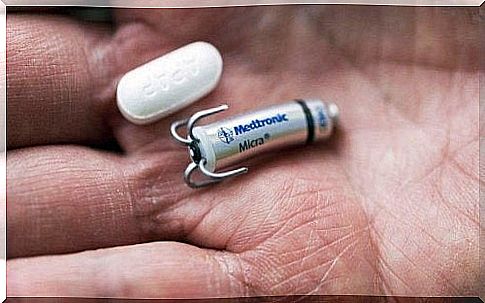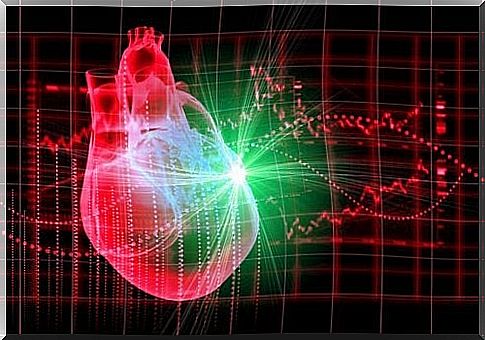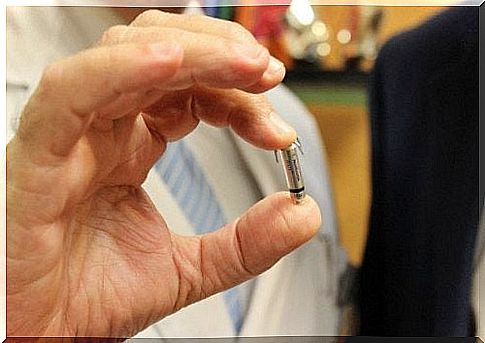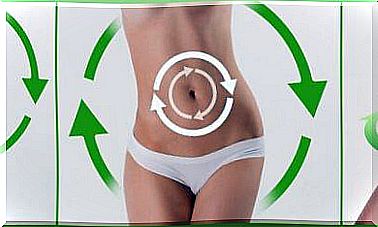Micra: The World’s Smallest Non-Surgical Implanted Pacemaker

It’s called Micra. Its name alone describes the amazing technology of this revolutionary pacemaker that is rapidly changing the lives of thousands of people.
Until recently, pacemakers were implanted through fragile open heart surgery. Over time, the size of these devices has been reduced, always with the goal of controlling the patient’s heart rate.
It was at the end of 2013 that the company Medtronic showed the world something unprecedented, something sophisticated and a revolution in medicine.
They developed the Micra, the smallest pacemaker in the world, which can also be implanted without surgery.
It’s wonderful and we want to share it with you.
Micra strikes with life
Although this device was introduced in 2013, new technology takes a long time to be tested and gain a foothold in real life.
- Micra received the CE approval in 2015. It was at this point that they started marketing and distributing it in Europe.
- After rigorous testing , it showed great efficiency and reliability compared to the traditional pacemakers. It is a revolutionary news that has since brought only hope and good results.
- The Food and Drug Administration (FDA) approved the Micra around the middle of last year (2016). Up to now, the implants that have been performed have been very positive and we have found that this pacemaker is covered by most health insurance policies.

The world’s smallest pacemaker
Between 2014 and 2015, it passed all experimental trials in a global test that effectively confirmed its innovative technology.
Here are the characteristics of this pacemaker:
- It is a subcutaneous capsule without cables or battery.
- To implant it, it is not necessary to operate.
- It is installed in the patient’s heart via transcatheter technology that passes through a vein in the person’s groin until it is inserted into the right ventricle.

- This innovative pacemaker stays in place using small teeth or staples to the heart itself. No cables are required.
- After this, it begins to emit electrical impulses to maintain the heartbeat, adapted to the patient’s activity.
- It is not necessary to insert any “surgical pocket under the skin.” In other words, no one notices that the patient has a pacemaker because it is invisible. The capsule still remains firmly “installed” in the heart itself.
- Surgery, scarring or long hospital stays are no longer necessary.
A huge change for heart patients
This new technology is not just a clinical benefit.
- This device is used in a simple way that leaves no scars. If there are any issues, it can simply be “reinstalled.”
- According to experts, the Micra is completely stable when installed. Unlike traditional pacemakers, it does not damage the heart tissue in any way.
- This is an advancement in heart disease treatment, which provides doctors and patients with a solution that is both simple and safe.

Negative aspects to keep in mind
The Micra pacemaker is a complete revolution in the clinical world and in heart patients right now. But the doctors tell us that this is only the beginning.
. There is also hope that the durability of this device will improve over time.
Right now, the Micra has the following limitations:
- It only lasts for 10 years, then it needs to be replaced.
- Another detail to keep in mind is that this device cannot be used for very obese patients. There are major constraints and more progress is needed to ensure the right results.
- Furthermore, we must not forget that the Micra can not be installed in patients who already have traditional pacemakers.
Those who can not take advantage of this technology right now will have to continue with the already available devices to control their heart rate (which are just as effective).
We hope that in the coming years, science will continue to evolve to create a simple and effective solution to all serious problems such as heart disease.









